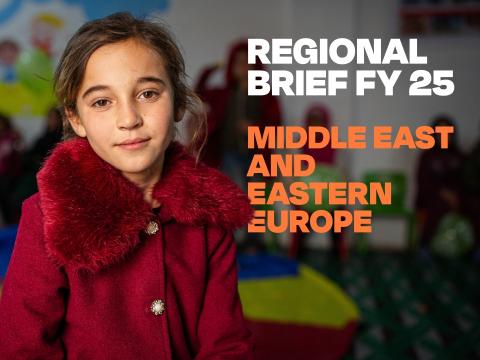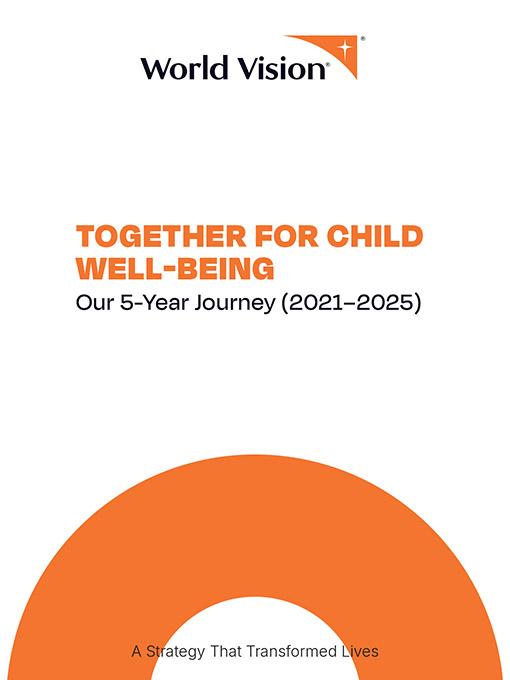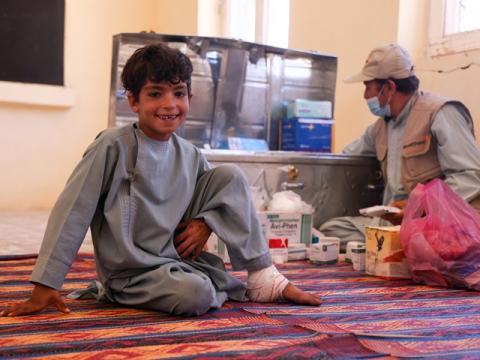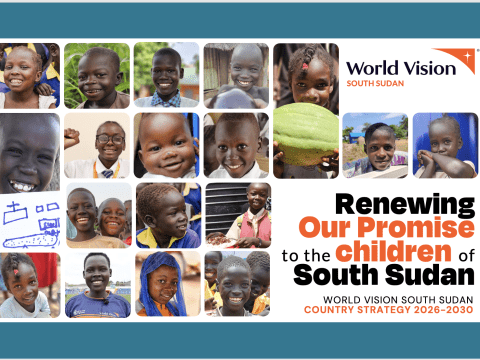Community-based Prevention of Mother-to-Child Transmission of HIV
Download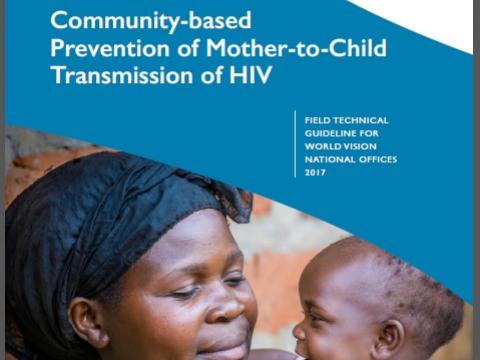
As a child-focused organisation, World Vision strives for every child to live life to its fullest. One of our primary organisational aspirations for child well-being is that children enjoy good health, thereby contributing to Sustainable Development Goal 3: Ensure healthy lives and promote well-being for all. With this aim, one of two key strategic objectives for health in Our Promise 2030, is increasing the number of children protected from infectious disease. World Vision health project models, such as community health workers (CHWs) and community committees (COMM), as well as community-PMTCT (c-PMTCT) strategy, are designed to achieve this objective.
HIV and AIDS are still a major health problem in several World Vision operational settings resulting in a large number of HIV-positive and/or orphan children. While efforts to increase access to PMTCT services have successfully reduced the annual number of new infections among children globally, the high number of new infections among women of reproductive age (ages 15-49) continues, accounting for 20 percent of new HIV infections among adults globally in 2015. There is a significant gap in unmet needs for family planning in many countries and the global coverage of services to prevent mother-to-child transmission of HIV is only 77 per cent in 2015. In addition, there is a high treatment dropout rate among pregnant and breastfeeding mothers. These factors slow the rate of decline in transmission of HIV from mother to child.
World Vision’s Community PMTCT strategy (2011-2015) emphasises an integrated approach to achieve an HIV-free generation of youth and zero new infection among children in World Vision development programme areas, through an increase in access to PMTCT services for all pregnant women in a stigma-free environment with early identification and initiation of treatment. World Vision, working with communities and community groups, faith leaders and their congregations, as well as government partners and other stakeholders, has implemented c-PMTCT programmes at varied levels and scale in 19 countries. The most common programme model these countries use is c-PMTCT through Timed and Targeted Counseling (ttC) or support to government maternal child health/CHW programs. The goal of World Vision’s revised HIV-AIDS strategy 2015-2020 is “zero new infections, zero AIDS-related deaths and zero stigma and discrimination ensuring all children enjoy well-being”. Eliminating new HIV infections among children and sustaining the health and well-being of their mothers are primary strategies to achieve this goal.
World Vision’s c-PMTCT approach is still valid, but these guidelines provide a technical update to incorporate current World Vision project models such as ttC and COMM, as well as the latest recommendations from WHO and UNAIDS, as per World Vision’s HIV/AIDS strategy 2020. For more information on how to integrate key c-PMTCT activities into World Vision programmes, please refer to World Vision c-PMTCT manual June 2012 at http://www.wvi.org/health/publication/c-pmtct.
Learn more about World Vision HIV and AIDS Programmes: http://wvi.org/health/hiv-and-aids-programmes
